Applications of the Colouring Process in Anodizing Aluminium Aluminium is one of the most versatile and widely used metals across industries—from aerospace to consumer goods. One process that significantly enhances
Continue reading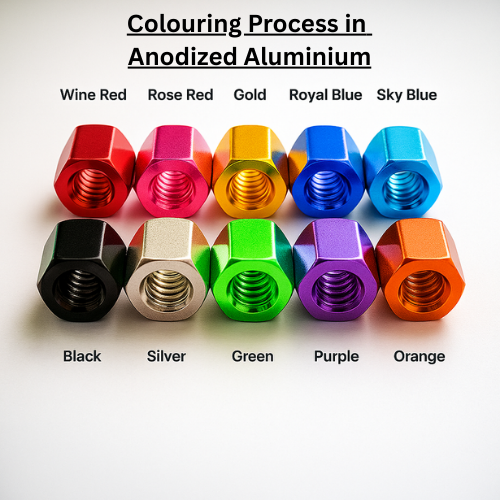

Applications of the Colouring Process in Anodizing Aluminium Aluminium is one of the most versatile and widely used metals across industries—from aerospace to consumer goods. One process that significantly enhances
Continue reading
When it comes to protecting, enhancing, and finishing metal surfaces, two processes dominate industrial and manufacturing applications, anodizing and electroplating. Both are electrochemical methods that improve a metal’s appearance, resistance
Continue reading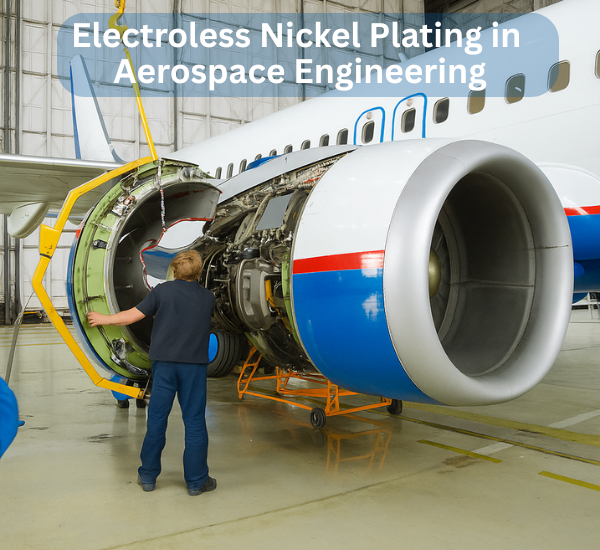
The aerospace industry is built on precision, safety, and reliability. Every component, from landing gear to communication systems, must perform flawlessly under extreme conditions, temperature fluctuations, high humidity, pressure changes,
Continue reading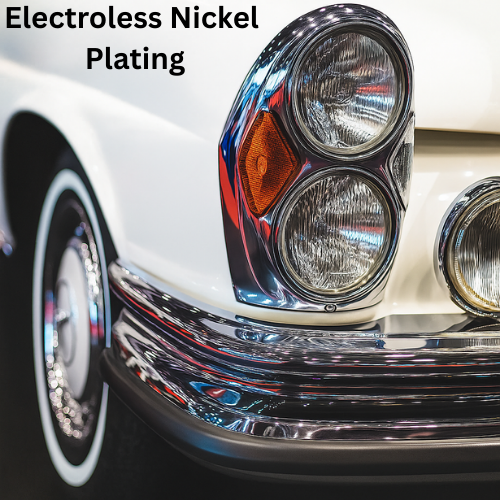
Electroless nickel plating (ENP) has become essential across automotive manufacturing. With uniform deposition, exceptional corrosion resistance, and wear protection—make it ideal for enhancing both performance and durability of critical components.
Continue reading
When it comes to nickel coatings, two principal methods dominate: electroless nickel plating (ENP) and electrolytic (electroplated) nickel. Both enhance performance—but electroless plating offers distinct, compelling benefits that make it
Continue reading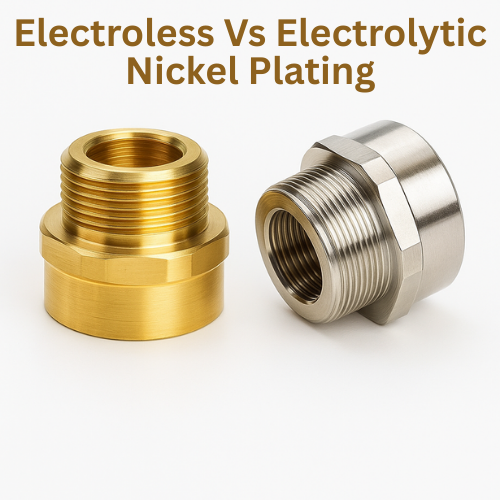
Electroless Vs Electrolytic Nickel Plating Explained When it comes to surface finishing, nickel plating is one of the most versatile and widely adopted solutions. Two main techniques dominate this space—electroless
Continue reading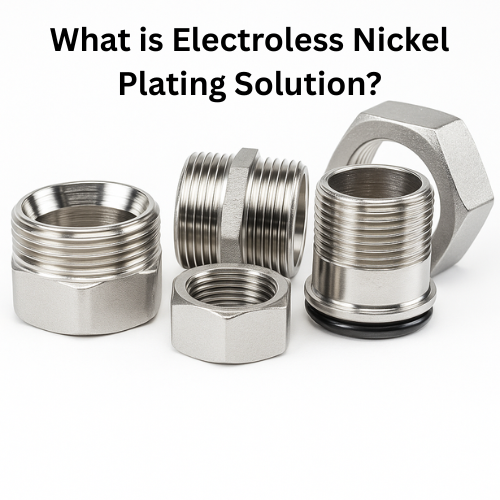
Introduction Electroless nickel plating solutions have changed the game for industries needing durable, corrosion-resistant, and uniform coatings. Unlike traditional electrolytic plating—which depends on electricity—this method works through a carefully controlled
Continue reading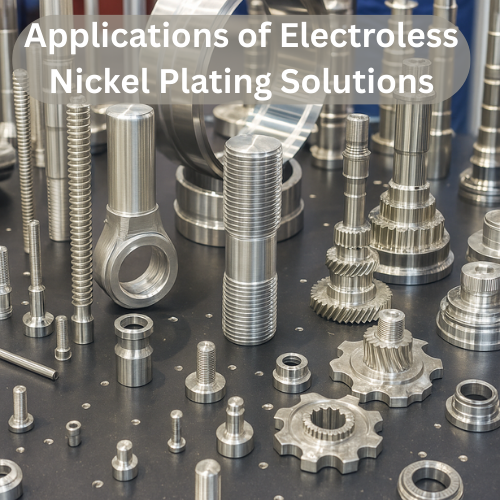
Applications and Real-World Uses of Electroless Nickel Plating Solutions Electroless nickel plating (ENP) is one of the most versatile and widely adopted finishing processes in modern manufacturing. Unlike traditional electroplating,
Continue reading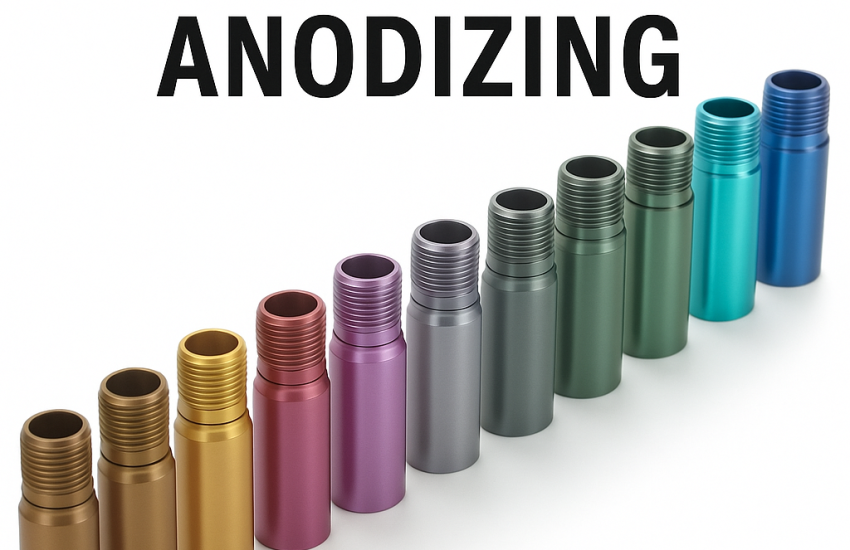
Anodizing, particularly on aluminum and titanium alloys (commonly used in prosthetics), serves several important purposes: Key Modulations in Anodizing for Prosthetics 1. Material-Specific Anodizing (Titanium vs Aluminum) 2. Electrolyte Selection
Continue reading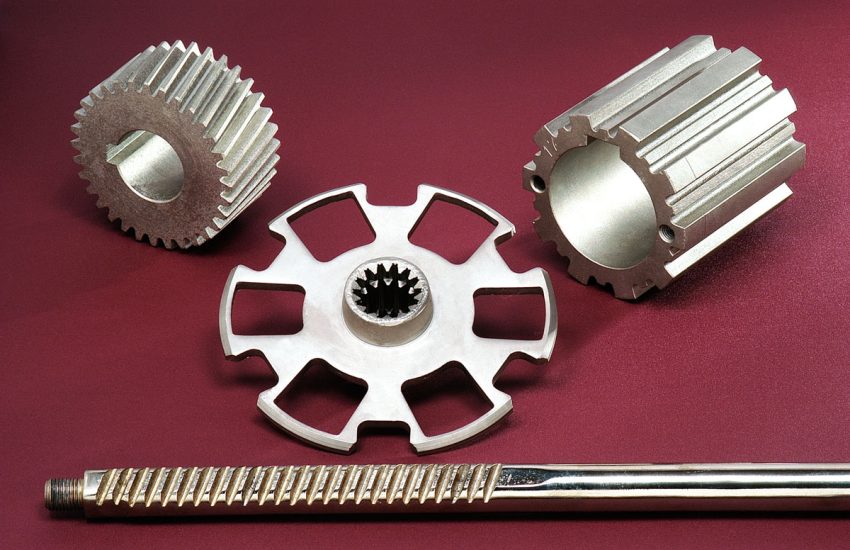
GINPLATE NI 4320 AutoP is a Midphos, self-pH-regulated electroless nickel-plating (ENP) process, which provides a mirror bright finish. Midphos ENP is commonly used on components exposed to mild environment for
Continue readingCall Us Now
Phone: +91 22 66993000
Send a Message
Support: corporatecommunications@growel.com
Main Office
Growel Corporate, Akurli Road, Kandivli (E),
Mumbai - 400 101, Maharashtra, India
Grauer & Weil (India) Limited © 2022.